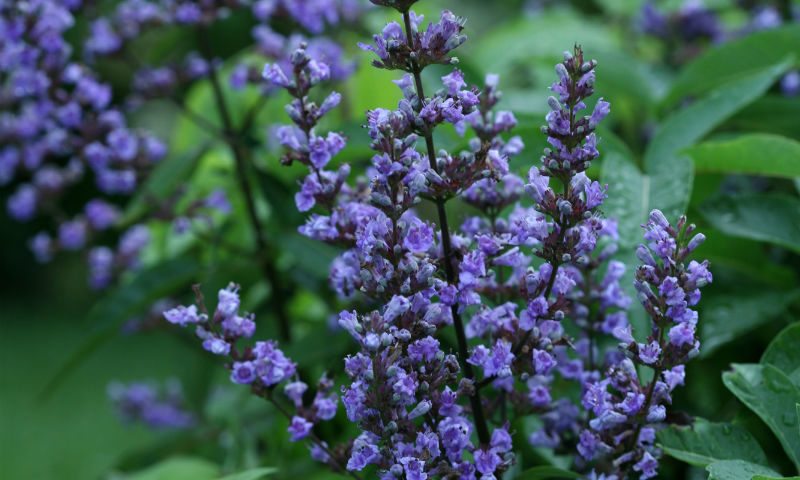
Perennials with Potential
The perennial market continues to be strong with more room for growth on the horizon. I can’t argue the value and necessity for including the most commonly grown and recognized perennial classes and cultivars; however, I must admit that I often find perennial offerings to be too reliant on these staple varieties.
I’m often asked, “How many dianthus, heuchera and salvia cultivars do I realistically need to grow?” Although there may not be a right answer to this question, it often seems like there may be too many of certain perennials or cultivars of a particular class being marketed around the same time frames.
When growing and selling perennials in this manner, there are exciting and/or unique perennials which have tons of potential, but they are often not included in perennial programs. Below is a sampling of some of “not your typical” perennials I think have potential and are currently underutilized in most perennial programs. These underutilized perennials are often plants which have been around for a while, were recently introduced and in some instances, are vastly different than the norm within commonly produced classes of perennials.
Perennials are selected and included in perennial programs for various reasons. Perennials may be selected for their familiarity, eye-popping color, length of bloom, plant size and landscape performance to name a few.
Other reasons include attributes such as drought or cold tolerance, they attract pollinators, ease of production or sometimes they are included in a program ‘just because.’ Whatever the reason, here are several varieties I think are worthy of your consideration when compiling your perennial offerings.
Vitex agnus-castus ‘Blue Diddley’
Vitex is most commonly known as a shrub or a small tree; however, certain cultivars behave more like herbaceous perennials than woody ornamentals in Northern environments. ‘Blue Diddley’ from Proven Winners (pictured above) is a great compact form of this great plant and is hardy to Zone 5. It’s compact, reaching just 3- to 6-foot high and across. ‘Blue Diddley’ produces loads of lavender-blue flower spikes in the mid-summer and is a great alternative to the butterfly bush. This would be a great addition to perennial or shrub programs and provides a delightful appearance in the landscape.
Monardella marantha ‘Marian Sampson’
Here’s a great little perennial which will appeal to growers, retailers, landscapers, gardeners and pollinators alike. Monardella marantha ‘Marian Sampson’ from Plant Select offers late spring through summer flowering atop its low-growing 3- to 6-inch-high foliage. The blooms are incredible; the exotic looking clusters of scarlet orange trumpets are intensely aromatic. It’s a rock garden perennial with great potential and hardiness to Zone 5B. Typically a short-lived perennial, but offers impressive displays for pollinators, hummingbirds and those just passing by.
Aralia cordata ‘Sun King’
With its golden foliage, ‘Sun King’ provides season-long interest to the shady landscape. It emerges in mid-spring with bright gold leaves held on contrasting reddish brown stems. It’ll remain yellow in partial shade and take on a chartreuse to lime green coloration in heavy shade. Tiny white flowers give way to purple-black berries in the fall. This Zone 3 perennial from Terra Nova Nurseries grows to 3 feet tall and rules the shady landscape.
Calamagrostis brachytricha
This calamagrostis doesn’t get the attention it deserves. Unlike the other cultivars on the market, it’s a warm season grass and develops showy inflorescences in the late summer rather than in late spring. Perhaps the greatest landscape attribute worth noting is unlike most large-flowering grasses, Calamagrostis brachytricha is shade tolerant (it also can receive full sun). This Zone 4 ornamental grass grows to 4 feet. The showy inflorescences and ability to handle shade make this a noteworthy option.
Spigelia marilandica
Spigelia is easily one of the most underutilized native perennials. This striking perennial has brilliant red tubular blooms with dramatically contrasting canary yellow throats. Spigelia is hardy to Zone 6 and is at home in bright woodlands, shaded borders or even in patio containers. This 12- to 18-inch-tall perennial definitely attracts nearby butterflies and hummingbirds into the landscape. Spigelia blooms heavily in the early summer and sporadically thereafter. The plant may appear dainty, but the striking up-facing flower displays steal the show.
Caryopteris divaricata ‘Snow Fairy’
‘Snow Fairy’ is an herbaceous Zone 5 perennial that grows and appears like a shrub and can even be marketed as one. It has striking green and white variegated foliage which remains clean and fresh throughout the entire growing season. Once established in the landscape, ‘Snow Fairy’ is drought resistant and the leaves are also resistant to sun scorch. Small lavender blue flowers appear on terminal and axillary clusters in the late summer and into the fall, but the foliage will sell itself.
The varieties above are just few examples of perennials that are not ‘bread and butter’ varieties, have tons of potential, yet are currently underutilized by the industry. I’m commonly asked about the new perennials, but let’s not forget, there are some great perennials out there that are not new with great attributes and tons of upside. Your perennial program doesn’t have to look like the majority; don’t be afraid to find and grow these little gems or other perennials with regional recognition. There will always be new perennials on the horizon, but I suspect there will also be other lesser known and marketed varieties that can steal the show and help your program to rise above the others. Happy growing!

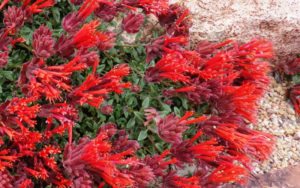
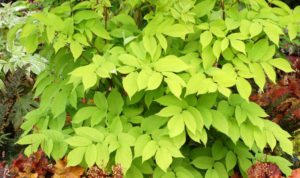
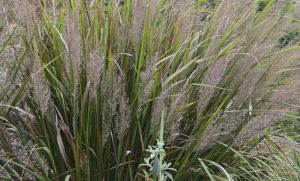
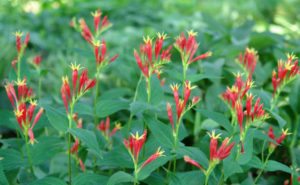
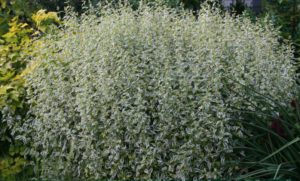

 Video Library
Video Library 




















